详细说明
Purity
>95%, by SDS-PAGE with silver staining
Endotoxin Level
<0.10 EU per 1 μg of the protein by the LAL method.
Activity
Measured by its ability to inhibit neurite outgrowth of dissociated E13 chick embryonic dorsal root ganglia (DRG) neurons. When immobilized as a 3 μL droplet containing 200 ng on a nitrocellulose coated microplate, recombinant mouse MAF Fc Chimera is able to significantly inhibit neurite outgrowth.
Source
Mouse myeloma cell line, NS0-derived
Mouse MAG/Siglec-4a
(Gly20-Pro516)
Accession # P20917IEGRMDP Mouse IgG2a
(Glu98-Lys330)N-terminus C-terminus N-terminal Sequence
AnalysisGly20
Structure / Form
Disulfide-linked homodimer
Predicted Molecular Mass
82 kDa (monomer)
SDS-PAGE
104-124 kDa, reducing conditions
8580-MG |
| |
Formulation Lyophilized from a 0.2 μm filtered solution in PBS. | ||
Reconstitution Reconstitute at 200 μg/mL in PBS. | ||
Shipping The product is shipped at ambient temperature. Upon receipt, store it immediately at the temperature recommended below. | ||
Stability & Storage: Use a manual defrost freezer and avoid repeated freeze-thaw cycles.
|
Background: MAG/Siglec-4a
Myelin-Associated Glycoprotein (MAG), also known as Siglec-4a, is a type I transmembrane glycoprotein belonging to the Siglec family, a subgroup of the Ig superfamily (1). It is composed of an extracellular segment containing five Ig-like domains, a single transmembrane segment, and a cytoplasmic domain. Mature mouse MAG exists as two isoforms, termed S-MAG (short) and L-MAG (long), due to alternative splicing of the cytoplasmic domain (1, 2). S-MAG has a predicted molecular weight of 67 kDa while L-MAG has a predicted molecular weight of 71 kDa (1, 2). Additionally, proteolytic cleavage of the extracellular domain produces a soluble MAG (3). Within shared regions in the extracellular domain, mouse MAG shares 95% and 99% aa sequence identity with human and rat MAG, respectively.
MAG functions as an adhesion molecule during neural development. It preferentially binds to alpha -2,3-linked sialic acid terminal structures found on cell surface molecules (1, 4, 5). MAG is selectively expressed by myelinating oligodendrocytes and Schwann cells and plays an important role in axon-myelin stability (1, 4). Specifically, L-MAG is involved in myelination in the central nervous system (CNS) while S-MAG is the predominant isoform expressed during myelination in the peripheral nervous system (1). MAG is also reported to regulate the axon cytoskeleton and support the distribution of axon molecules at the nodes of Ranvier (1, 4). In addition, it has been identified as a major inhibitor of neurite outgrowth (1, 4, 6). However, MAG has also been reported to protect neurons from excitotoxicity (1, 7). MAG is believed to utilize the gangliosides GD1a and GT1b, the Nogo receptors NgR1 and NgR2/NgRH1, Integrin beta 1/CD29, and PIR-B to mediate its effects (1, 4, 5, 8, 9). Soluble MAG, which is released from myelin in large quantities, has been identified in normal human tissues and in tissues from patients with neurological disorders (3). It is believed that this soluble MAG might contribute to the lack of CNS neuron regeneration after injury (3).
References:
Lopez, P.H. (2014) Adv. Neurobiol. 9:245.
Salzer, J.L. et al. (1987) J. Cell Biol. 104:957.
Tang, S. et al. (1997) Mol. Cell. Neurosci. 9:333.
Schnaar, R.L. and P.H. Lopez (2009) J. Neurosci. Res. 87:3267.
Schnaar, R.L. (2010) FEBS Lett. 584:1741.
Akbik, F. et al. (2012) Exp. Neurol. 235:43.
Lopez, P.H. et al. (2011) J. Neurochem. 116:900.
Atwal, J.K. et al. (2008) Science 322:967.
Goh, E.L. et al. (2008) Mol. Brain 1:10.
Long Name:
Myelin-associated Glycoprotein
Entrez Gene IDs:
4099 (Human); 17136 (Mouse); 29409 (Rat)
Alternate Names:
GMAsialic acid binding Ig-like lectin 4A; MAG; myelin associated glycoprotein; myelin-associated glycoprotein; sialic acid-binding immunoglobulin-like lectin 4A; Siglec4a; Siglec-4a; S-MAG







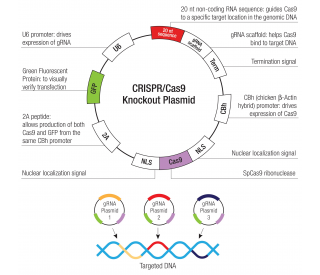
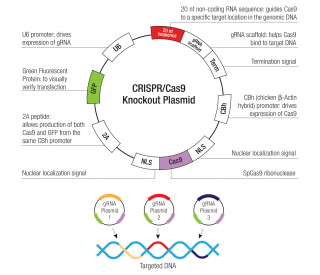
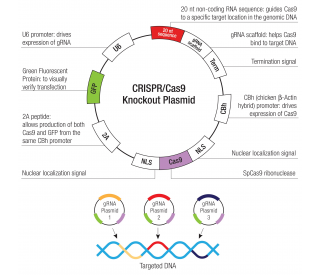
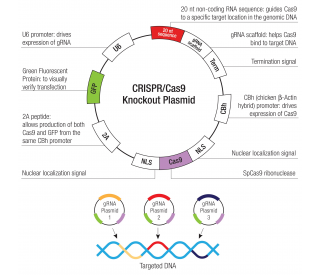
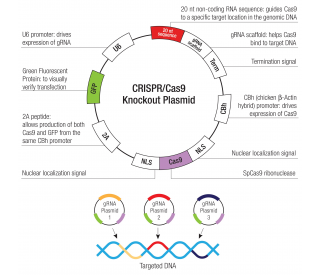
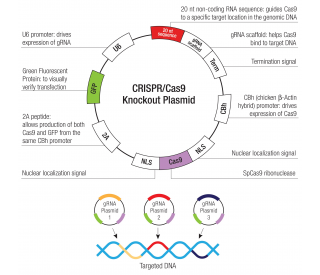




 粤公网安备44196802000105号
粤公网安备44196802000105号